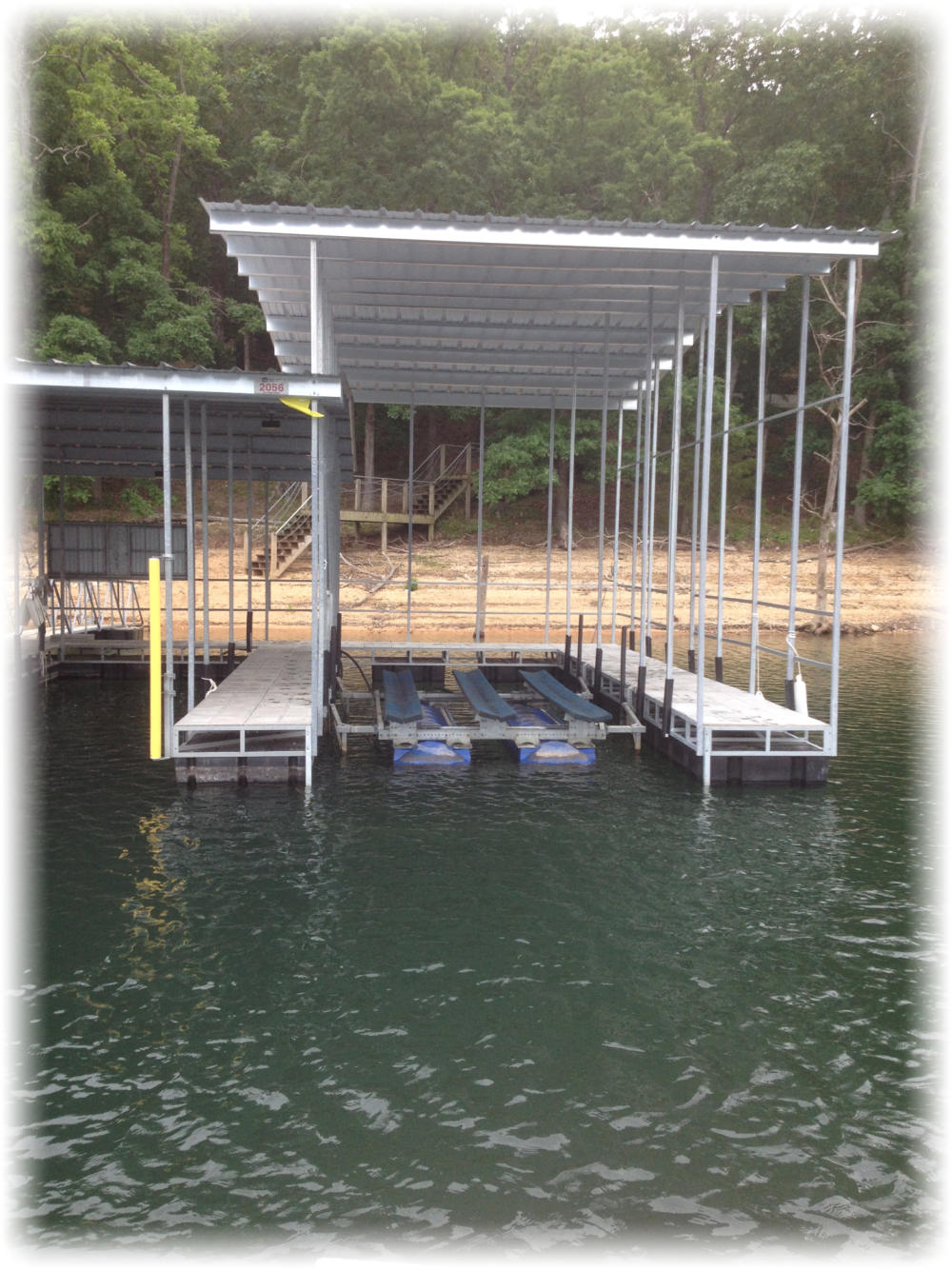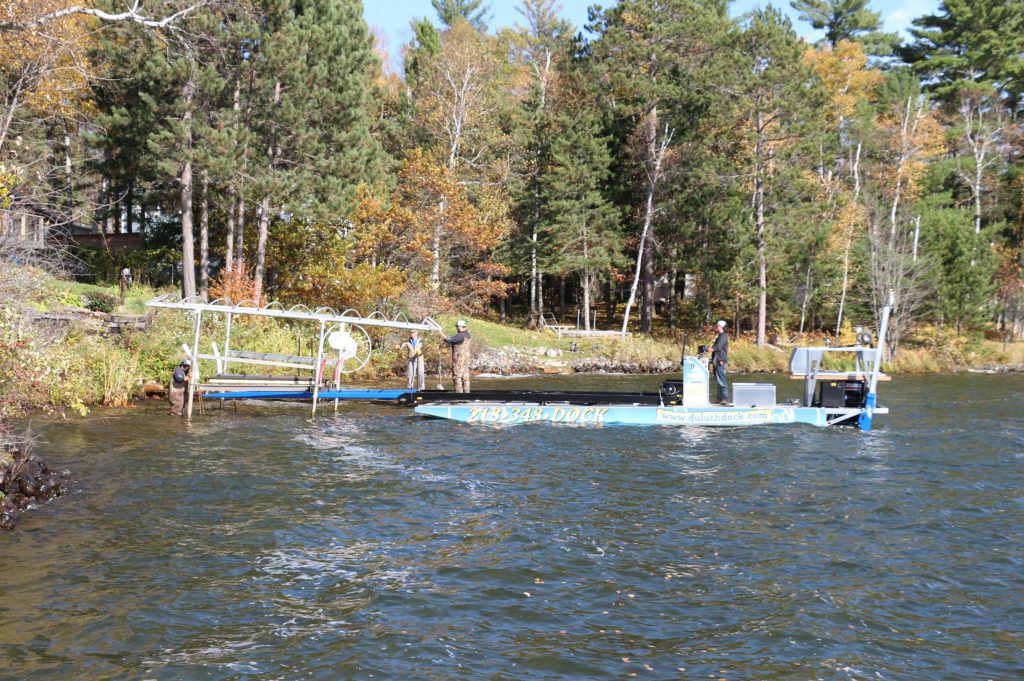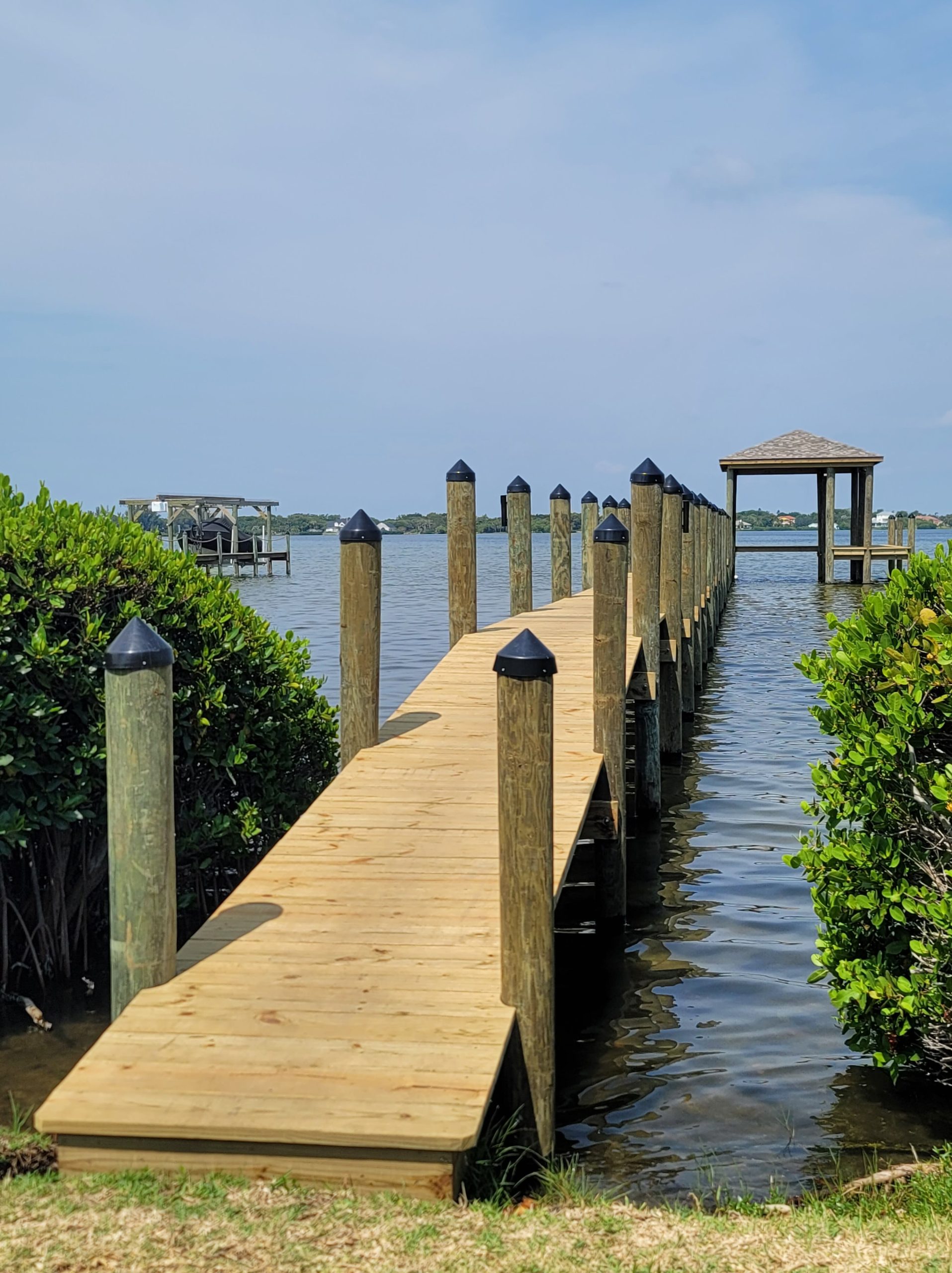Important Overview to Budget-friendly Dock Repairs for Homeowners
Important Overview to Budget-friendly Dock Repairs for Homeowners
Blog Article
Efficient Dock Fixing Techniques: Making Certain Structural Honesty
Ensuring the architectural honesty of anchors via reliable repair techniques is critical for the longevity and safety of aquatic centers. This includes a multi-faceted technique starting with detailed assessments utilizing advanced technologies like finder tools and from another location operated vehicles (ROVs) to spot both visible and concealed problems. Consequently, choosing the right fixing products, such as composite materials and corrosion-resistant alloys, is essential for sturdiness. Structural support approaches, including the implementation of cross-bracing systems and load-distribution plates, play an essential function in mitigating stress points. The importance of these strategies becomes noticeable when exploring sophisticated fixing techniques and preventative maintenance strategies.
Evaluating Dock Damages
Evaluating dock damages is a crucial initial step in guaranteeing the architectural integrity and security of any kind of docking facility. This preliminary examination entails an extensive assessment to recognize both noticeable and covert problems. Key aspects to take a look at consist of the dock's structure, pilings, outdoor decking, and equipment. Each component needs to be looked at for indicators of wear, rot, deterioration, or other forms of degradation that might jeopardize the structural stability.
Structural engineers or certified examiners normally execute these analyses making use of specialized methods and tools. For example, underwater inspections might employ finder tools or from another location operated vehicles (ROVs) to spot submerged damage. Over water, aesthetic evaluations are complemented by utilizing dampness meters and other diagnostic tools to uncover underlying concerns not quickly noticeable to the naked eye.

Deciding On Fixing Materials
Choosing the proper fixing products is a pivotal step in the dock remediation process, one that directly affects the long life and efficiency of the fixed framework. Product option must be driven by elements such as environmental conditions, load-bearing demands, and compatibility with existing dock parts. Timber is a conventional option for anchors due to its natural strength and visual appeal. However, picking the appropriate kind of wood, such as pressure-treated lumber or normally rot-resistant varieties like cedar or teak wood, is critical to stand up to marine atmospheres.
Along with timber, composite materials are significantly prominent due to their longevity and reduced maintenance needs. Composites, typically made from a mix of plastic and wood fibers, use outstanding resistance to rot, insects, and UV damages. For steel docks, picking corrosion-resistant alloys such as galvanized steel or marine-grade light weight aluminum is important to protect against rust and ensure architectural integrity in saline water conditions.
Epoxy resins and marine-grade sealers are crucial for fixing cracks and securing joints, giving a water resistant obstacle and boosting the dock's general strength. By thoroughly picking top quality products, dock fixings can attain long-lasting outcomes, thus guarding versus future degradation and guaranteeing risk-free, reliable use.
Structural Reinforcement Methods
Reliable structural reinforcement methods are essential in ensuring the stability and durability of dock repair services. One basic approach involves making use of steel or composite support bars (rebar) within concrete frameworks. Rebar provides additional tensile strength, avoiding cracks and distributing loads much more uniformly. This technique is especially efficient for anchors subjected to heavy tons or severe environmental conditions.
An additional crucial strategy is the application of fiber-reinforced polymers (FRP) These products provide description high strength-to-weight ratios and outstanding resistance to corrosion, making them ideal for enhancing concrete or wood anchors. FRP can be used in strips or sheets and bound with epoxy materials to improve architectural honesty.
Supporting and securing systems also play an essential function in structural support. Cross-bracing, using steel or wooden beams, can neutralize lateral pressures, lowering persuading and movement. Securing systems, such as helical piers or driven piles, give a steady structure by transferring lots to deeper, more stable dirt layers.
Finally, the assimilation of load-distribution plates can assist disperse weight much more equally across the dock's surface area, reducing local tension points. These techniques jointly ensure that docks continue to be robust and secure, qualified of standing up to the rigors of their operational setting.
Advanced Repair Work Techniques

Another sophisticated method includes undersea welding, which enables repair services to be carried out without the requirement to dewater the area. This technique is specifically useful for resolving architectural concerns in immersed dock elements, guaranteeing very little disruption to operations. Enhanced welding strategies, paired with robotic systems, deliver accuracy and integrity, therefore expanding the life expectancy of the dock.
Furthermore, cathodic protection systems are implemented to avoid corrosion in metal dock structures. By using sacrificial anodes or satisfied existing systems, these strategies efficiently mitigate the electrochemical procedures that lead to product damage.
Finally, advanced surveillance innovations, such as structural health surveillance (SHM) systems, supply real-time data on the problem of dock structures. These systems enable positive maintenance and prompt interventions, inevitably making sure the long-term structural honesty of the dock.
Maintenance and Avoidance
Maintenance and avoidance are essential principles look at this now that underpin the durability and safety of dock structures. Regular assessments are paramount, enabling early discovery of wear and tear, prospective weak points, and environmental influences. A positive strategy, involving regular checks for rust, rot, and architectural shifts, alleviates costly repair services and lengthens the dock's operational life.
Preventative measures must consist of applying protective coverings to steel components to protect versus rust and utilizing cured timber to resist decay. In addition, ensuring appropriate water drainage and ventilation can avoid water build-up, which is an usual cause of structural deterioration. Including quality materials and adhering to maker standards throughout construction and repair work phases likewise play crucial roles in enhancing toughness.

Educating workers in dock maintenance best methods guarantees consistent application of safety nets. Leveraging technical developments, such as drones for evaluations and sensors for real-time surveillance, can better improve maintenance initiatives. By focusing on maintenance and avoidance, dock proprietors can ensure architectural stability, operational safety and security, and economical management over the dock's lifespan.
Verdict
Finally, maintaining the architectural integrity of aquatic facilities necessitates thorough dock repair service techniques. Thorough assessments using innovative tools reveal both visible and hid damages, while the choice of appropriate repair service materials improves longevity. Carrying out structural reinforcement approaches addresses tension factors efficiently. Advanced fixing techniques, combined with normal maintenance techniques, ensure the dock stays operational and secure under diverse environmental problems. Taking on these techniques substantially prolongs the life expectancy and capability of marine facilities.
Ensuring the structural stability of anchors via reliable repair techniques is critical for the durability and security of marine facilities.Choosing the suitable repair service products is a critical action in the dock reconstruction process, one that directly affects the long life and efficiency of the fixed structure.Effective architectural support methods are crucial in making sure the stability and durability of dock repair services. By focusing on upkeep and prevention, dock owners my sources can make certain structural integrity, functional safety and security, and economical monitoring over the dock's life-span.
In verdict, maintaining the architectural honesty of marine centers necessitates extensive dock repair service techniques.
Report this page